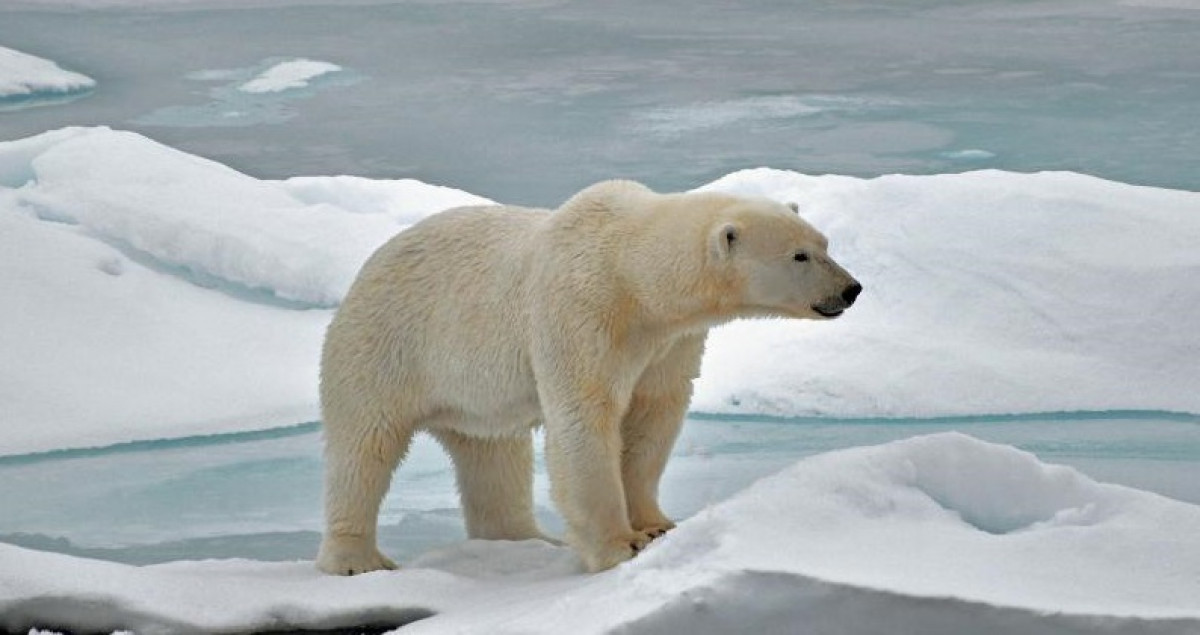Opinion
The sixth extinction is nearing, what can we do?
According to the IUCN Red List, 35,000 species are threatened with extinction, these being 28 percent of the assessed species.

In her book, The Sixth Extinction, journalist and Pulitzer prize winner Elizabeth Kolbert has stated that “one-third of corals, freshwater molluscs, sharks, and rays, one-fourth of all mammals, one-fifth of all reptiles, and one-sixth of all birds are heading towards extinction.” The five extinctions of species, before this publication, were attributed to meteorites and volcanic eruptions over the last 450 million years. And now, the sixth extinction has everything to do with human beings. Several research projects followed up on this statement and it was stated by the University of Connecticut that climate change will accelerate the sixth extinction, causing the disappearance (read: loss) of eight percent of the species.
Speaking of statistics, the International Union for Conservation of Nature’s (IUCN) Red List of Threatened Species is the world’s most inclusive information source on the global conservation status of animals, fungi and plant species. The IUCN Red list, while monitoring the species and their condition, also indicates the health of the world’s biodiversity – which has been on a gradual decrease in recent years.
According to the IUCN Red List, 35,000 species are threatened with extinction, these being 28 percent of the assessed species. Moreover, by 2021, 50 percent of the species will go extinct because of climate change. It goes without saying that scientists and researchers are working on solutions to keep the apprehensive denouement of species’ extinction triggered by climate change at bay. However, what’s more concerning is that the common man remains uninformed about the ramifications of such events. And because he is uninformed, he is also unbothered.
Seasonal Overlap
Global warming has been aggravating because of the increasing human emissions of greenhouse gases. It has led to a change in climatic conditions – more rainfall, snow, and heat than usual, and seasonal overlap. The seasonal overlap is the phenomenon when one season extends into another season, causing an overlap and unsuitable conditions for the respective biosphere. For example, the monsoon in India generally lasts till September, but last year, monsoons continued during Diwali and well into December. As a result, it created unfitting climatic conditions for agriculture, wildlife and the natural habitat collectively. Let’s not forget the Delhi air pollution of last year that recorded the worst Air Quality Index (AQI) for any Indian city then and caused the climatic conditions to be unfavorable for most species.
This climatic instability has been the case all around the world. If the climatic conditions are inapt, creatures will die gradually and eventually. So, what do species do when they find a place inapt for their needs? They migrate. But, since climate change has been on a steady increase, most regions are becoming incompatible to favour the species’ survival. According to World Wildlife Fund (WWF) scientists, most species on this planet, including plants, will have to move faster than 1,000 metres per year to keep within the climate zone which they need for survival.
Species, Migration and Climate Change
Basically, species with the ability to migrate quickly from adverse climatic conditions, to a place that serves their survival needs, will win the game against extinction. It’s no longer about the survival of the fittest; it’s now the survival of the fastest.
For example, most of them migrate to cold regions in summers where they can mate, give birth and nurture their off-springs. During the winter, whales will migrate to the tropical waters of the equator for survival. But owing to accelerating global warming, sea temperatures have been rising too. The cold regions that whales would migrate too for breeding, are warming up rapidly. If this continues, whales will not have any places to migrate to, meaning they eventually won’t be able to breed – thus becoming extinct.
Of course, this isn’t a phenomenon that will take place over the next decade. But the change will be evident over the next decade. The North Atlantic right whales nearly became extinct in the 20th century when their population reached as low as 450. The IUCN has ranked the North Pacific grey whale as ‘Critically Endangered’ too.
Sure, global warming is a cause for their extinction. But let’s not rule out other human activities. Hunting and marine pollution - 80 percent of which come from land - are one of the primary causes behind the extinction of thousands of species. Overfishing has become a problem in recent years since the economy of some countries depends on exports of fishes, but there aren’t many fishes left to export. The people of these countries eat fishes daily, thus contributing to the depleting fish population.
Sharks find warmer ocean temperatures unfit for survival, and hence they have been migrating northward by an average of 30kms annually, causing a disturbance in the ecosystems that depend on sharks. 72 percent of the coral reefs that are protected by UNESCO experienced severe heat stress, causing a decrease in their population. The Great Apes of Southeast Asia, one of the most endangered species, are heading towards extinction. The reproductive capacity of the endangered Asian elephant habitat has been affected by high temperatures and low rainfalls. The giraffe population has decreased by 40 percent in the last three decades owing to illegal poaching and lack of their primary source of food – acacia trees (which again, is a result of climate change).
A thousand more species are on the verge of becoming extinct. WWF, earthday.org, IUCN are some of the sites that regularly update the list of endangered species and ways to help them.
How does it affect us?
But, how long will it take for humans to become a victim of this denouement? It’s a sign of immaturity to believe that we will not be affected by this since “man is the smartest animal on earth." Well, man isn’t invincible. Before we know it, climate change will come and devour the smartest animal on earth, while we will not be able to do anything. The poor will go first, then the rich – but everyone will go.
Look at the wildfires – Amazon, Siberia, Brazil, Australia, California and several others that could not make it to the mainstream media. These wildfires caused the death of thousands of species, and displaced large towns and cities. Had the respective governments sought some advice from geologists and biologists, they would have prepared against the apprehensive destruction caused by these fires, or stopped the environmentally-destructive human activities in the area. But crony capitalist corporations and selfish humans continued exploiting the areas at the cost of a sustainable future. Our collective actions are slowly fuelling the death and extinction of thousands of plants and animals. Yet, we remain uninformed and unbothered about the horrendous impact.
Most people don’t know about these endangered species, what they look like, where they live, or why they are vital to the ecosystem. People also do not know the climatic conditions required for these species to exist. Moreover, not many people know about the laws of deforestation, conservation of natural resources, hunting, poaching, etc.
So, do we suggest courses for everyone to understand biodiversity, its impact and the laws related to it? In the long haul, to save biodiversity, why not? But a more general awareness by the media to educate and inform the public won’t hurt in the least. Instead of spinning imaginary stories based on allegations or trivial data to earn more TRPs, why can’t the mainstream media talk about climatic conditions in India regularly? The primary goal of journalism is to inform, educate and entertain the public. We have scored all medals there are for the ‘entertainment’ part, but none for the former two.
Let’s also ask ourselves – how often do we talk about climate change and the environment? We cannot fight a battle against the inevitable species extinction and climate change (read: climate crisis) if we don’t know anything about it. A holistic view of the accelerating climate change is necessary for every person to know, so that we can change our daily habits and actions to be more considerate of the environment. As the smartest animal on earth, we need to be aware of what’s happening around us and how will it impact us, so that we can take necessary actions – environmentally, socially, politically and culturally.





